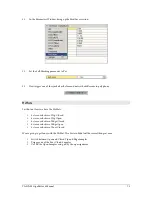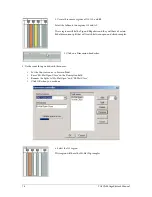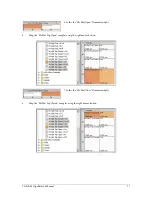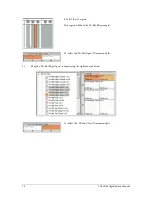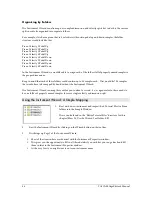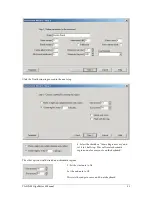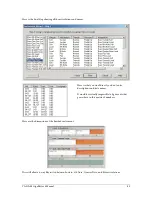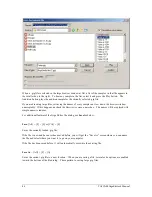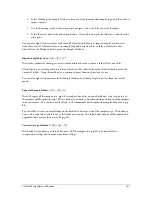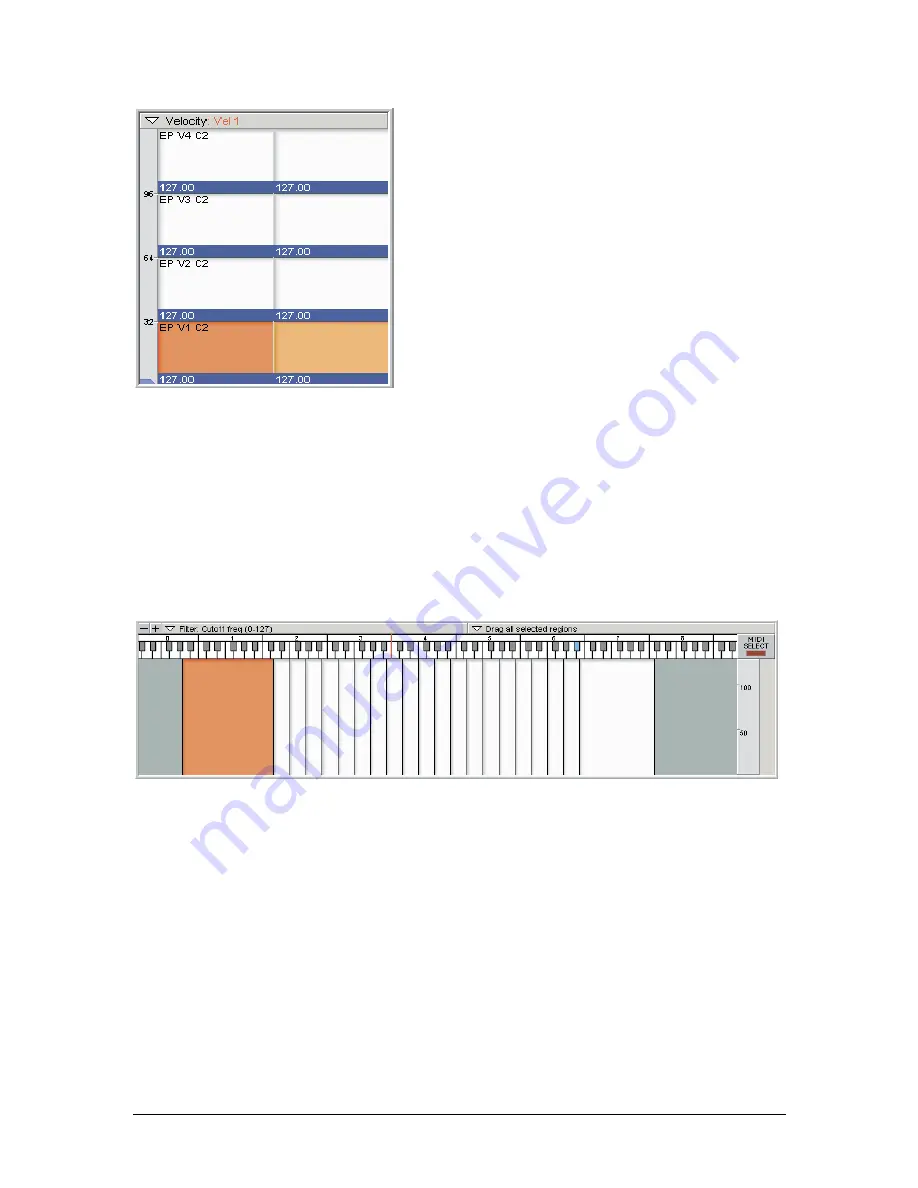
88
TASCAM GigaEditor 4 Manual
13. Each region has the four velocity splits that were
represented by the four folders of samples.
Each sample is mapped by its pitch to the
appropriate region on the keyboard.
If we don’t have a sample for every half step,
samples will be pitch stretched up and down so that
every note of the requested keyboard range is
covered. (When a “missing” sample is equally
distant from both of its neighbors, the higher
sample will be stretched down to cover that note.)
Doing this by hand would have taken at least an hour.
Th e instrument is now mapped out. Save it and load it to a MIDI channel to hear what it sounds like and
start tweaking it.
Chromatic vs. Non-Chromatic mapping
In the example above, we chose to map the notes chromatically even though the samples are not chromatic.
(Th is was the “Create Regions every 1 half step” option on Page 2 of the Wizard.)
Alternatively we could have created one region per sample to be able to better see where the samples are.
Th e disadvantage of doing it this way is that it limits the note-by-note parameter tweaking that can be done
if the regions are laid out chromatically. Th e results sound the same initially with either method but the
ability to make chromatic edits is limited.
Here is an example using the Region Window. Let’s say we want to make the Release Time short at the top
of the keyboard and have it gradually get longer toward the lower register.


